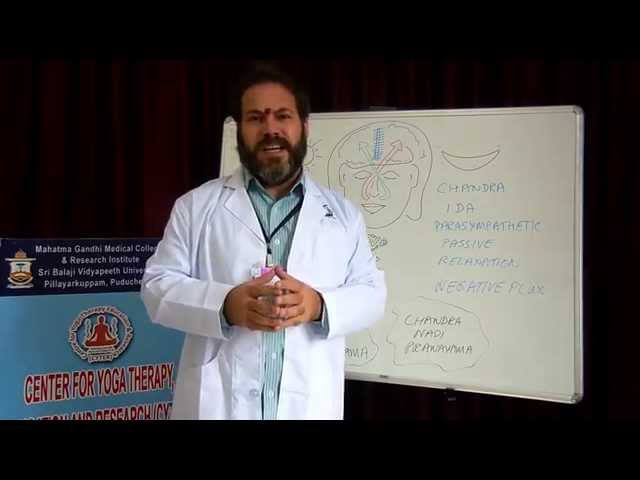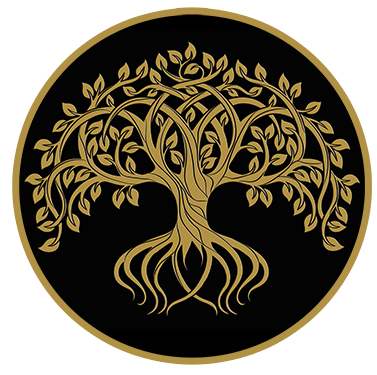Throughout thousands of years yogis have observed that the breath reflects the state of the mind they used it to gauge one’s mental state, a person when agitated, his or her breathing is shallow and fast, and when a person is in the presence of fear the breathing is heavy or even hold.In the state of depression or sadness the breath often is expressed as a sighing. It was discovered after much observation that by changing the breathing patterns, the mind was affected and changed.
After much research and practice it became a fact that we can direct our breath (Prana} with our thoughts due the fact that breath and mind are deeply interwind and that wherever one goes the other proceeds to follow. That is why many Pranayam practices direct thoughts to an affected area and directly send the Prana to that site desired and by that revitalize that site for whatever outcome desired when the intention was set.
In the ancient Indian system of yoga they identified prana as the universal life force or energy which distinguishes the living from the dead, WOW here is a conscious place for us to thank every breath we take don’t you think?
These yogic seers observed the power of the breath to increase one’s prana and were guided to developed special breathing techniques to increase life energy, maintain health and create a calm, clear state of mind that is conducive for meditation and to maintain our whole wellbeing in alignment.
Sources of Prana can be found in fresh food rather than canned ( it really relates to life force), frozen or stale foods. Similarly, vegetarian foods are said to be generally of high prana, while meat, being dead, is considered low or even negative prana, the fresher the source the more life in it, doesn’t that make sense?.
For more in-depth articles and research on breathing from authorities in the field click the button below, we would like to offer this extended information for the ones that are searching for a deeper knowledge on this subject.
As we go along with the explanation of Pranayam we will have guided meditations and exercises to direct intention and breath to different parts of you so you can practices guided Pranayam and get used to sourcing your well being with mindfulness.




